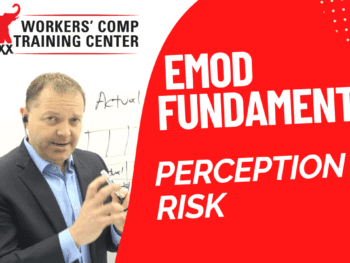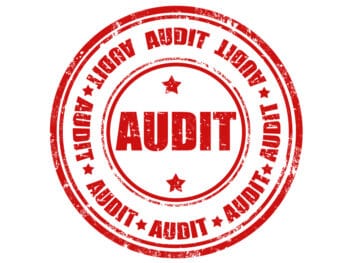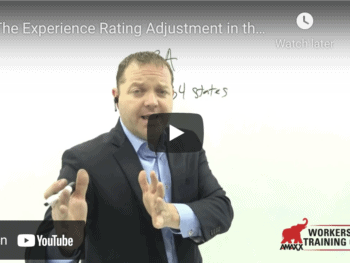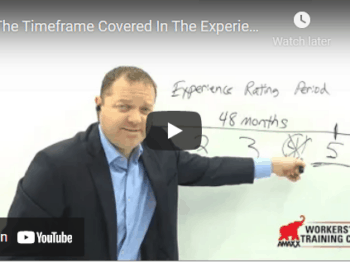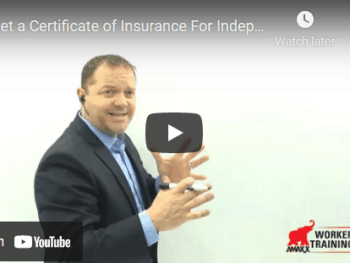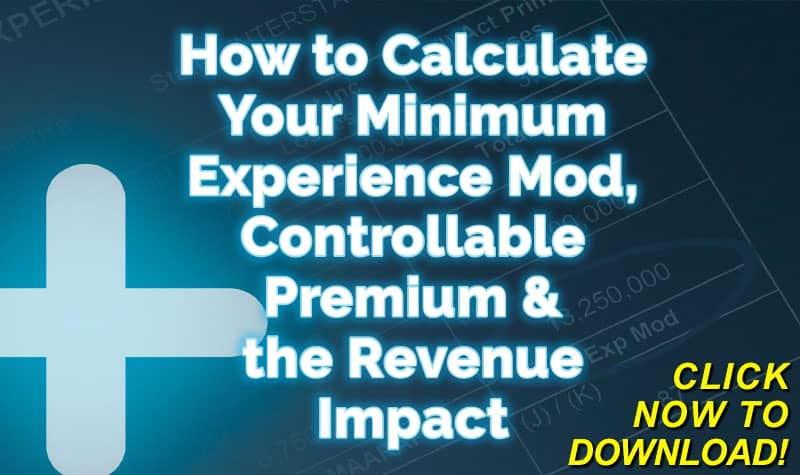A captive insurance company is an insurance company owned by the parent company or a group of businesses (hereafter referred to as the parent company) for the purpose of insuring its own risk. The primary business of the parent company is normally outside of the insurance field. By the parent company setting up its own insurance company, the parent company utilizes the captive insurance company as a risk management technique to better manage the associated cost of insurance, whether it is for workers’ compensation, liability, property or other loss exposure of the parent company.
Captive Structure:
By definition, a captive insurance company writes insurance coverage exclusively for the parent company. As the insurance company is owned by the parent company/policyholder, the insurance company is “captive” to the policyholder.
Click Link to Access Free PDF Download
“How to Calculate Your Minimum Experience Mod, Controllable Premium & the Revenue Impact”
While the parent company is often a large corporation, the parent company can be a group of businesses in the same business, for example several home builders within a state, or several owners within a professional sports league. When the parent of the captive is one company, the captive is called a pure captive. When the parent of the captive is a group like the professional sports league, the captive is referred to as a group captive.
Captives can be either domestic or offshore. The first captives were offshore, primarily in Bermuda, as the capitalization requirements to start an insurance company were lower than the capital requirements in the United States. This allowed the parent company to create the captive insurance company with a lower initial investment and lower reserves. About 20 countries have captive insurance laws with Bermuda and the Cayman Islands having the greatest concentrations of offshore captive insurance companies.
A few states recognizing the potential to bring additional financial business into their states have revised their insurance laws to permit and encourage captive insurance companies. States with statutes providing for domestic captive insurance companies include Vermont, Hawaii, Nevada, Utah, New York, Arizona and South Carolina.
Financial Benefits:
Risk transfer is the primary benefit of the captive insurance company. The parent company transfers the risk of loss to the captive insurance company. While this could be accomplished by the purchase of insurance from a conventional insurance company, the parent company reaps other benefits as well.
The parent company pays the insurance premium to the captive insurance company. The amount of the premium has to be reflective of the anticipated losses. The Generally Accepted Accounting Principles (GAAP) used in the United States do not allow non-insurance companies to accrue or expense anticipated losses until they are measurable and owed. The one exception to the GAAP is for insurance companies to accrue for incurred but not reported losses. This is a major financial advantage to the parent company who has a captive insurance company.
Insurance premiums charged by the conventional insurance company include not only the anticipated cost of claims, but also include the cost of operations (rent, salaries, benefits, etc.) and their profit. Through the use of a captive insurance company, the parent company can reduce the amount paid for the cost of operations and eliminates the amount paid that becomes the profit for the conventional insurance company.
When the loss experience of the captive is lower than expected, the premium paid over and above the amount of the combined losses is kept by the captive insurance company. In essence, as the captive insurance company is owned by the parent company, the parent company benefits from the lower cost of loss.
Claims control is also greater with a captive insurance company. The parent company can dictate what the claims procedures will be, who will handle the claims and exercise some control over the claim payments (this varies by jurisdiction). The delays and hassles often associated in dealing with the claims department of the conventional insurance company are reduced or eliminated.
FREE DOWNLOAD: “How to Calculate Your Minimum Experience Mod, Controllable Premium & the Revenue Impact”
The use of a captive insurance company also permits the parent company some control over outside market conditions. When the number of claims and associated losses are lower than normal, the captive insurance company will increase its reserves. When the number of claims and associated cost are higher than normal, the captive insurance company will normally only increase its premium cost to the parent company by the amount necessary to cover the losses. If the parent company were using a conventional insurance company, the premium cost would be greater as the conventional insurance company’s increased premium would also reflect the increase necessary to maintain their profit margin.
Summary:
Captive Insurance Companies create a financial advantage to the parent company by allowing the parent company greater control of their insurance cost. As more businesses understand the financial advantages of captives, the number of captive insurance companies will continue to grow.
Author Rebecca Shafer, J.D. Risk Consultant, Amaxx Risks Solutions, Inc. has worked successfully for 20 years with many industries to reduce Workers’ Compensation costs, including airlines, healthcare, manufacturing, printing/publishing, pharmaceuticals, retail, hospitality and manufacturing. She can be contacted at: RShafer@ReduceYourWorkersComp.com or 860-553-6604.
WC Calculator: http://www.reduceyourworkerscomp.com/calculator.php
© 2010 Amaxx Risk Solutions, Inc. All rights reserved under International Copyright Law. If you would like permission to reprint this material, contact Info@ ReduceYourWorkersComp.com.

